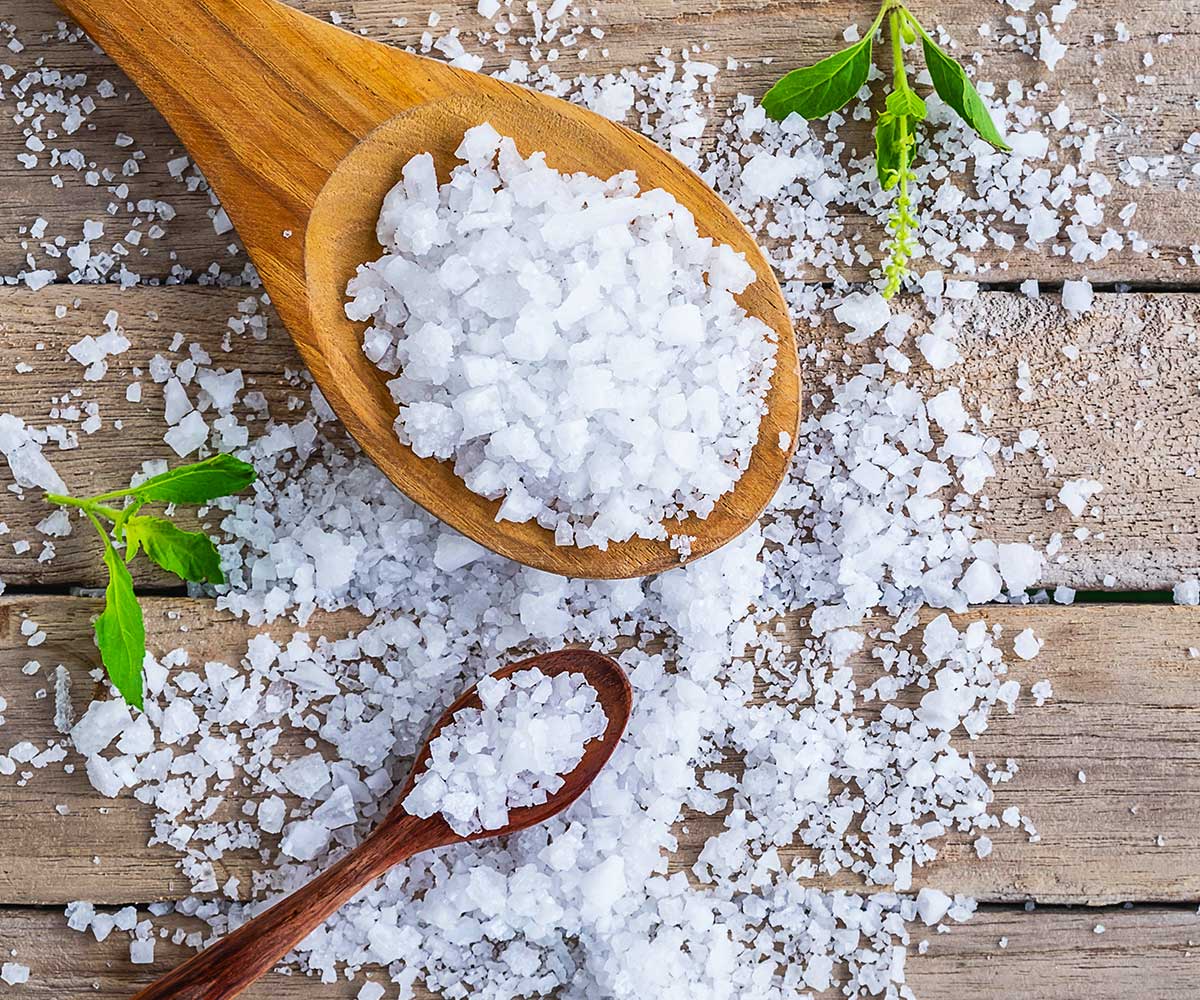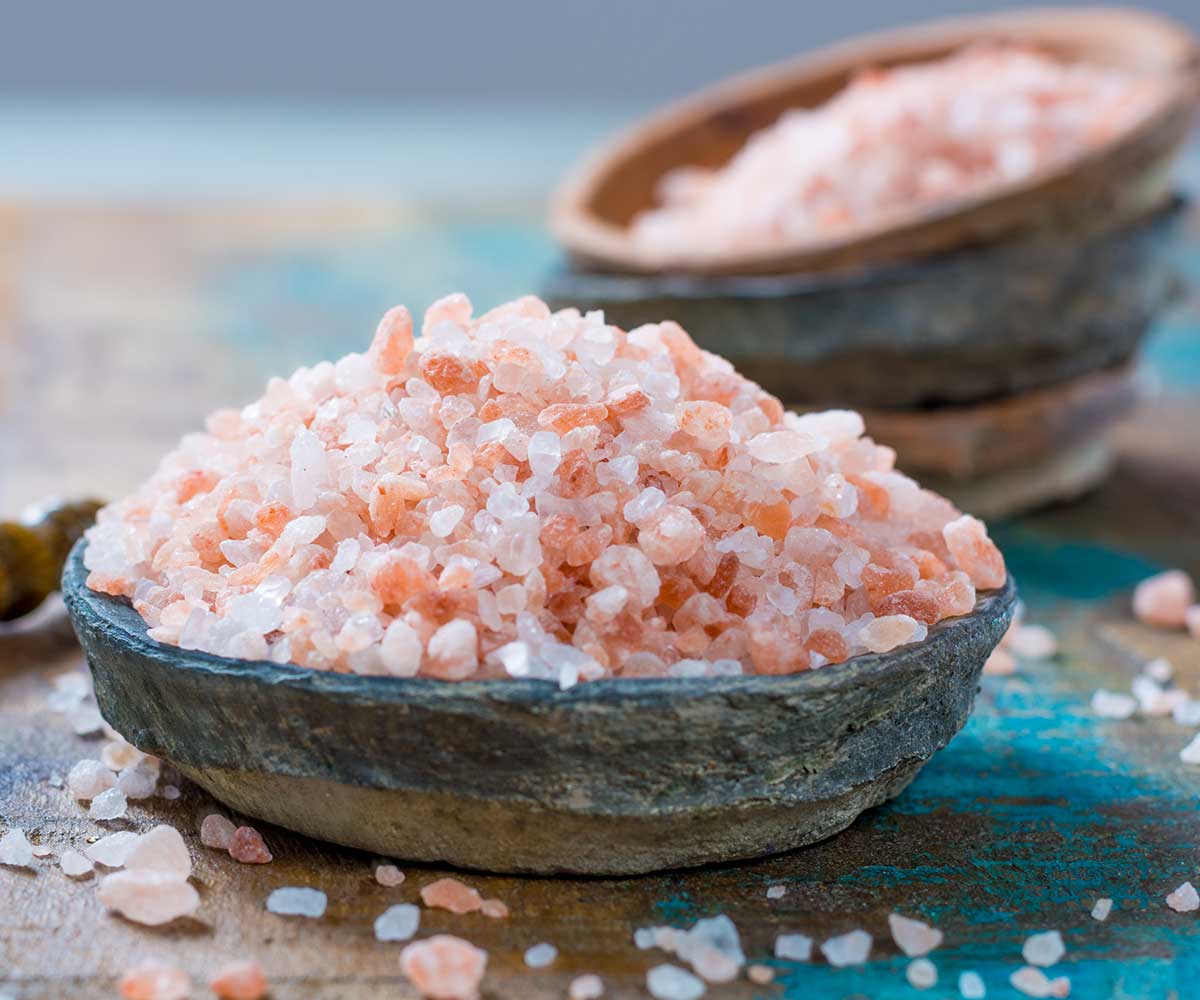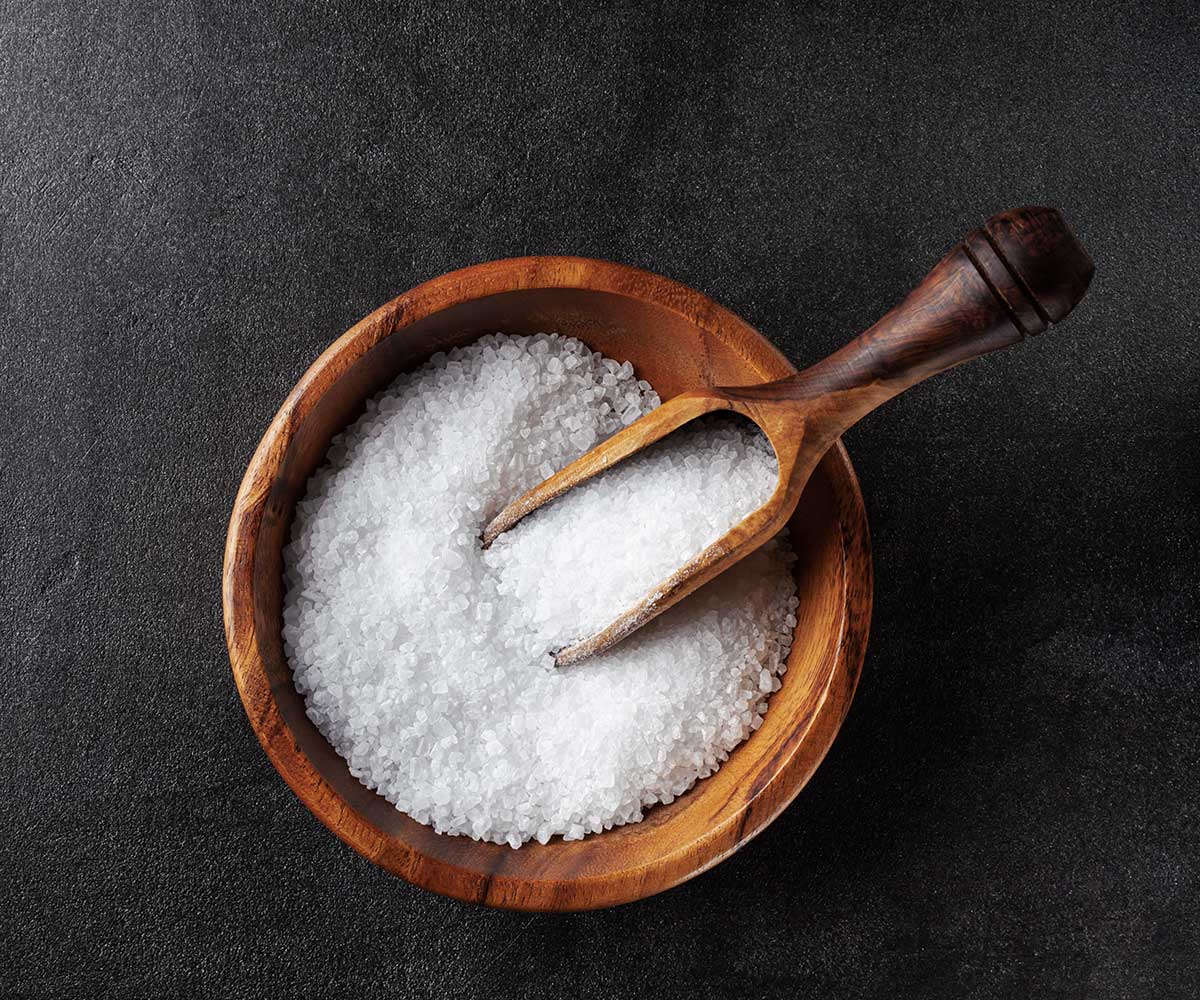Production of table salt
Although there are different variations of table salt depending on the production method, it is collectively referred to as table salt or common salt. Table salt is characterised by its high purity. It is extracted from salt mines, salty springs or seawater.
Table salt obtained from rock salt brine through evaporation is called Evaporated salt. Evaporation produces salt crystals that are dried and filtered as salt brine. After removing the natural minerals and trace elements, almost 99.9 percent pure sodium chloride is left in the refined table salt.
Table salt extracted from Sea salt is obtained by evaporating seawater in salt pans, followed by multiple washing and crystallisation processes. Since the amount of sodium chloride lies at around 98 percent, table salt made from sea salt is considered more natural.
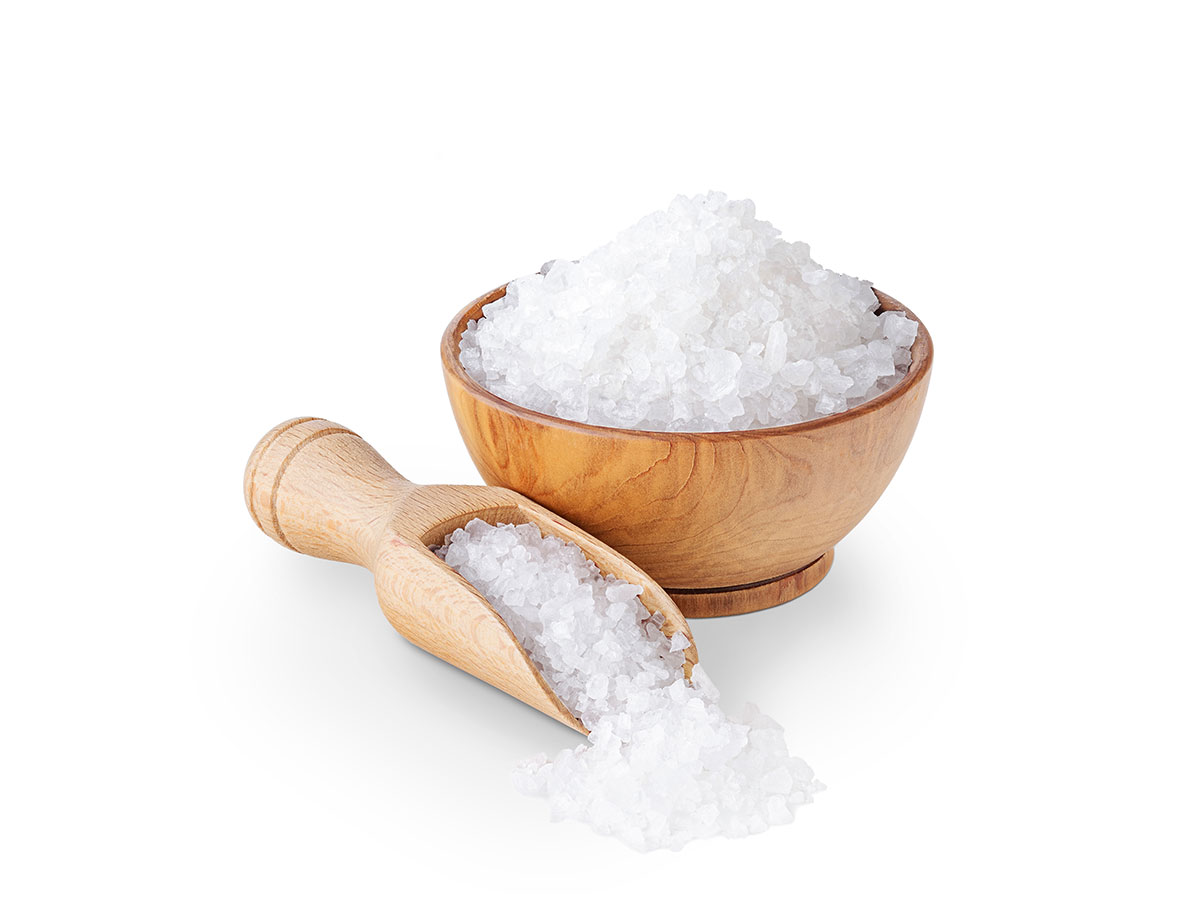 Sea salt
Sea salt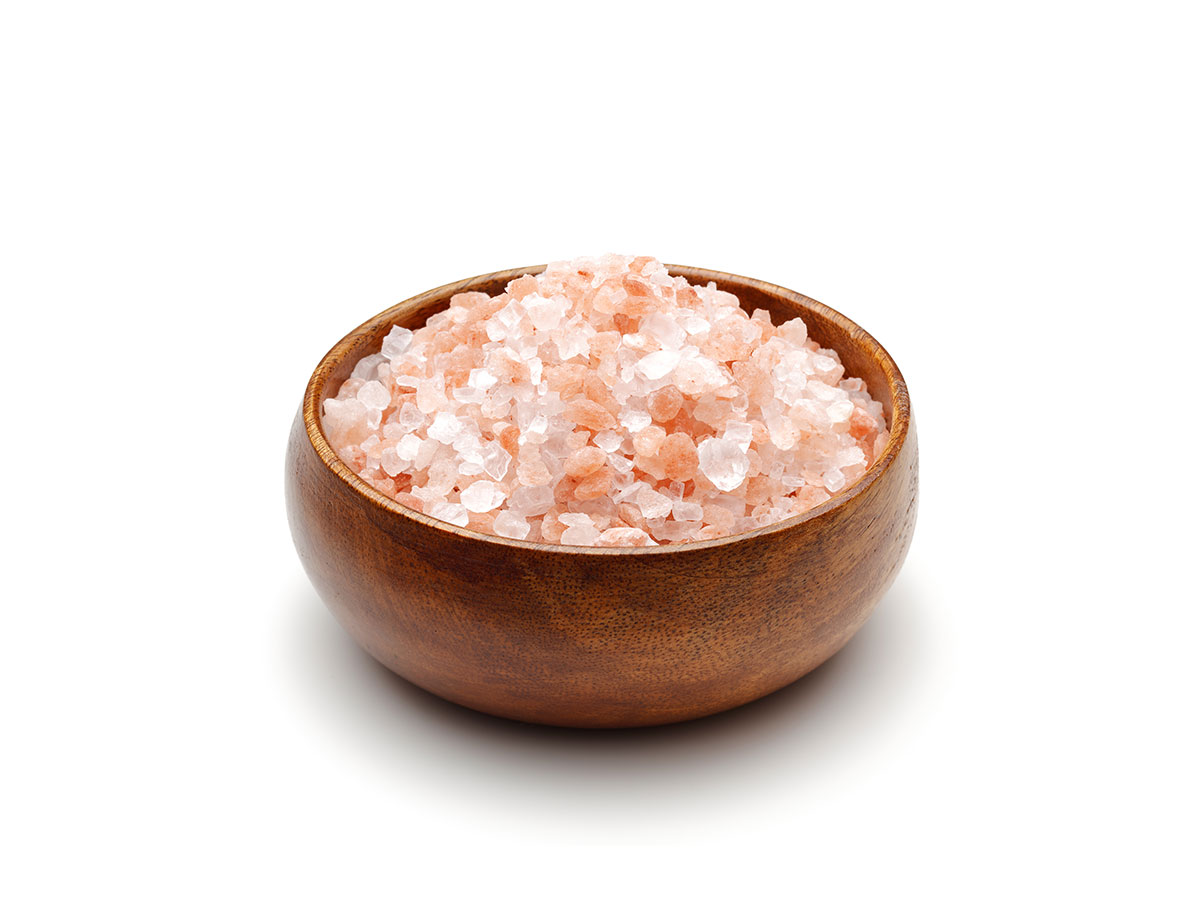 Rock salt
Rock salt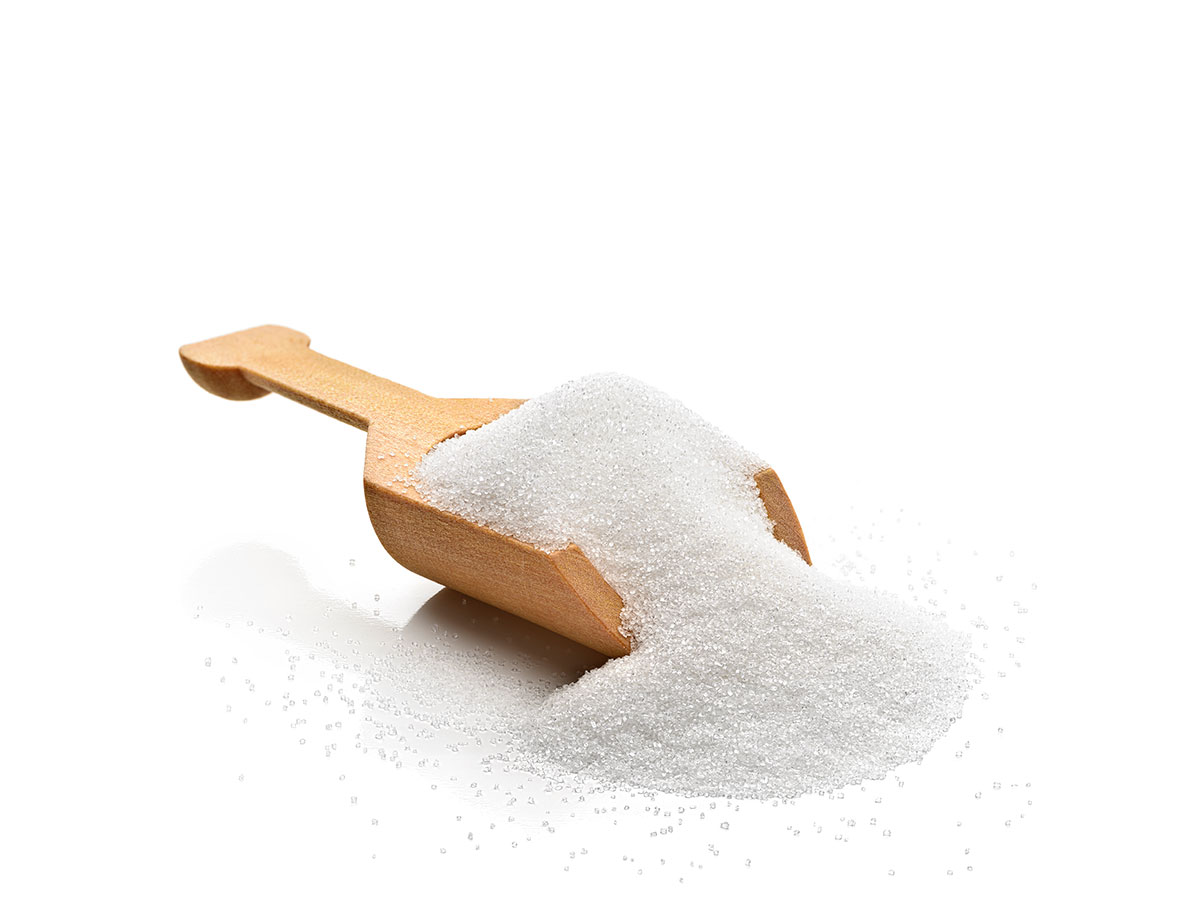 Evaporated salt
Evaporated salt Dead Sea bath salts
Dead Sea bath salts